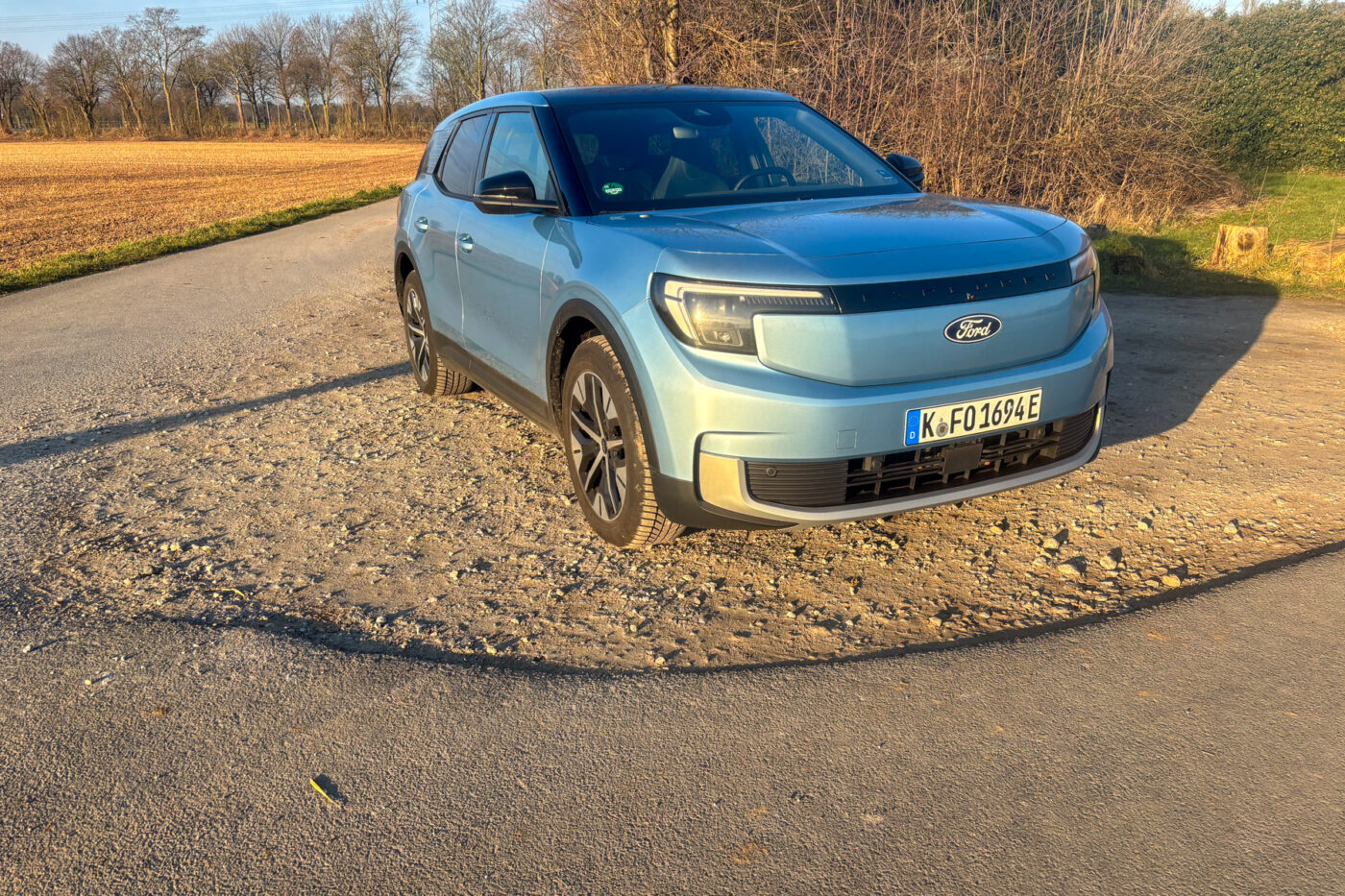
Putting the Ford Explorer to the test: What the beacon of hope has to offer
No question, there is an easier start. But Ford decided a few years ago to go ‘all in’ for the plant in Cologne, Germany. Production of the combustion-powered Fiesta, a genuine high-volume model, has been discontinued. Instead, with the Explorer and the Capri SUV coupé, it now only builds electric cars in Germany. However, Ford purchased the MEB platform from Volkswagen and decided against developing its own.
From a purely technical point of view, this is not necessarily a bad thing, as the MEB has come a long way after initial teething troubles. The software now runs reasonably well and is even one of the better on the market in terms of EV functions (more on this later). With the APP550, there is a powerful and at the same time very efficient drive unit.
For the test, Ford provided the Explorer with rear-wheel drive and a large battery, the sales designation for this is ‘Extended Range’. In the ‘Standard Range’ version, the Explorer has to make do with a 52-kWh battery; in the ‘Extended Range’ it is the familiar 77-kWh battery from VW in combination with the rear-wheel drive, while the 79-kWh battery is installed in the all-wheel drive model. Ford still sources the battery packs from the Skoda assembly plant in Mlada Boleslav until the company’s own battery assembly plant in Cologne is ready. The battery packs will then be assembled there – still using VW technology.
Many VW components, but well integrated
Anyone who takes a seat in the Explorer and has previously driven an MEB electric car will immediately recognise the VW components. The driver display behind the steering wheel comes 1:1 from the German carmaker, and the small adjustment lever for the exterior mirrors in the driver’s door and the power windows (just two physical buttons that can be switched back and forth between the front and rear) are also familiar from VW models. That also applies to the touch surfaces on the steering wheel, which are drawn to match the Ford design, but are similar in function to the VW steering wheels – the MEB wiring harness is not prepared for anything other than the touch surfaces, so the Ford people’s hands were tied here. With their high-gloss black surfaces, they really do attract fingerprints. But: if you don’t know the MEB models, you won’t notice the mix of VW and Ford parts, the integration is successful.
The relationship is also clear when driving. Although Ford has chosen a body length of 4.47 metres, which places the Explorer between the ID.3 (4.27 metres) and ID.4 (4.58 metres), the basics such as the wheelbase are the same – the Explorer measures 2.77 metres between the axles. However, Ford engineers adapted the suspension and dampers and gave the Explorer a little more dynamism. However, as much of the technology is the same here, too, due to the same platform (such as the articulation points), the differences are rather minor. Probably less than many Ford fans had hoped, as the Fiesta and Focus always stood out from the Polo and Golf in the past due to their somewhat more committed driving behaviour. At that time, however, they used different platforms that could be designed for the desired driving behaviour from the outset.
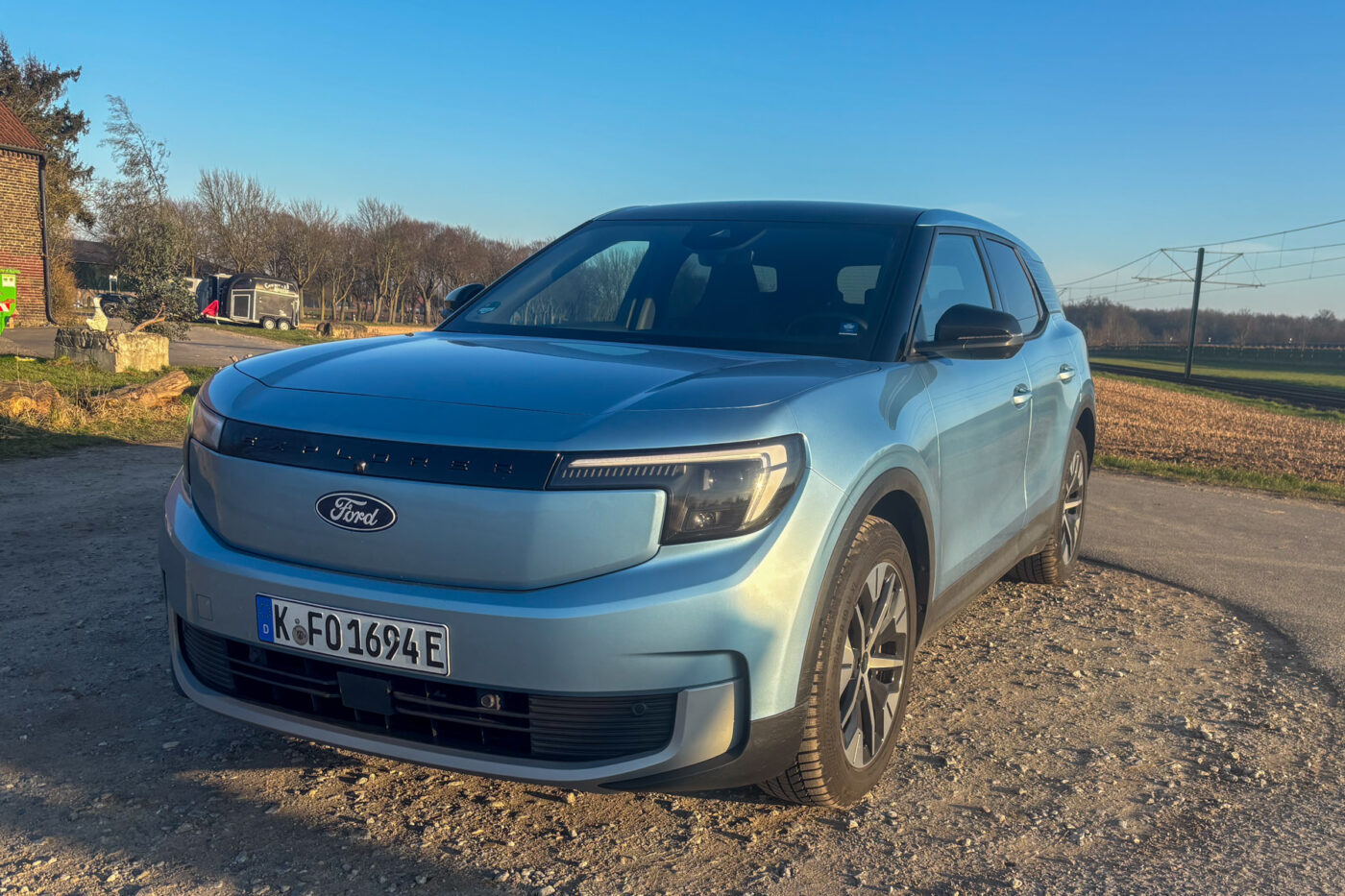
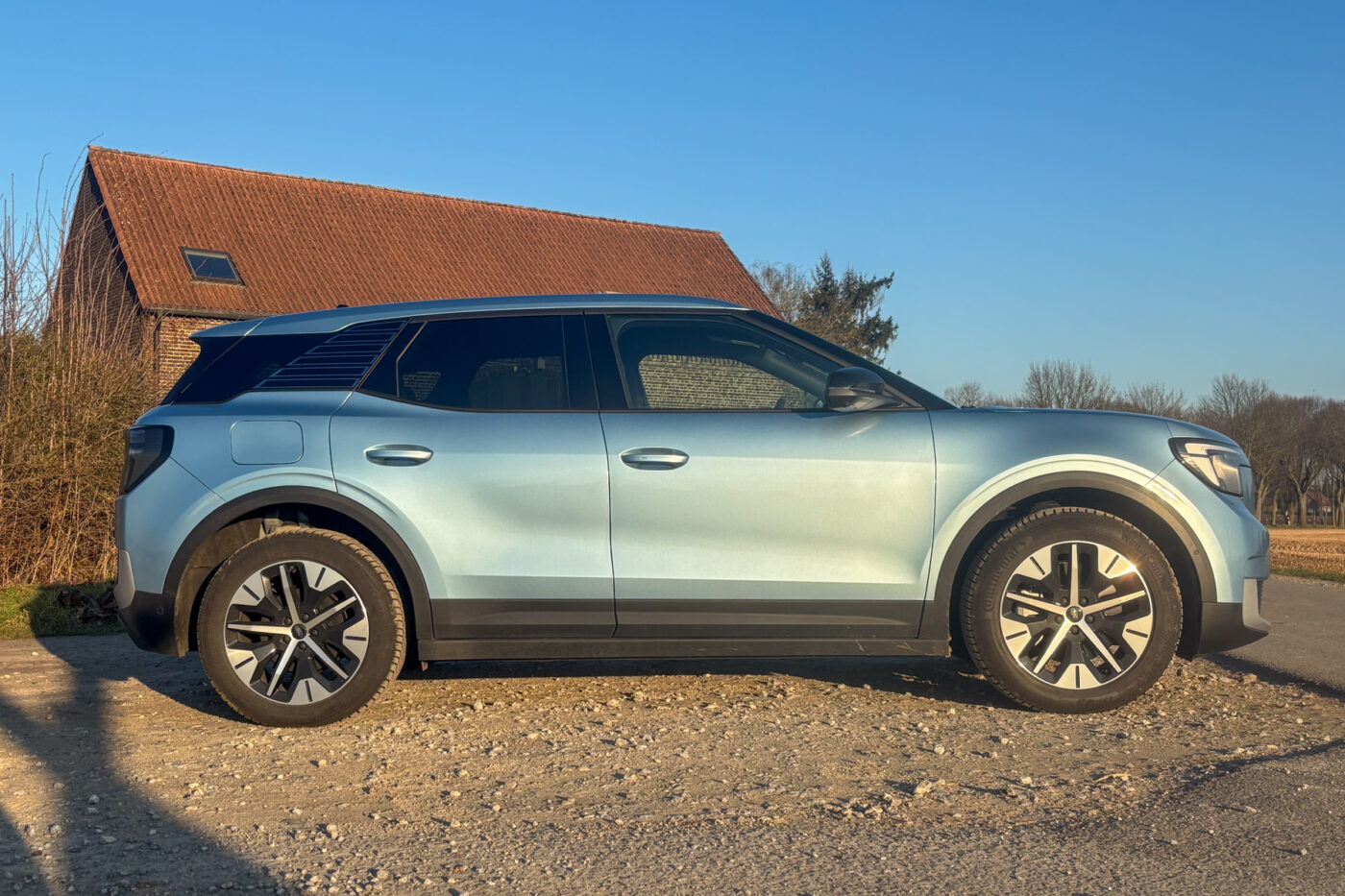
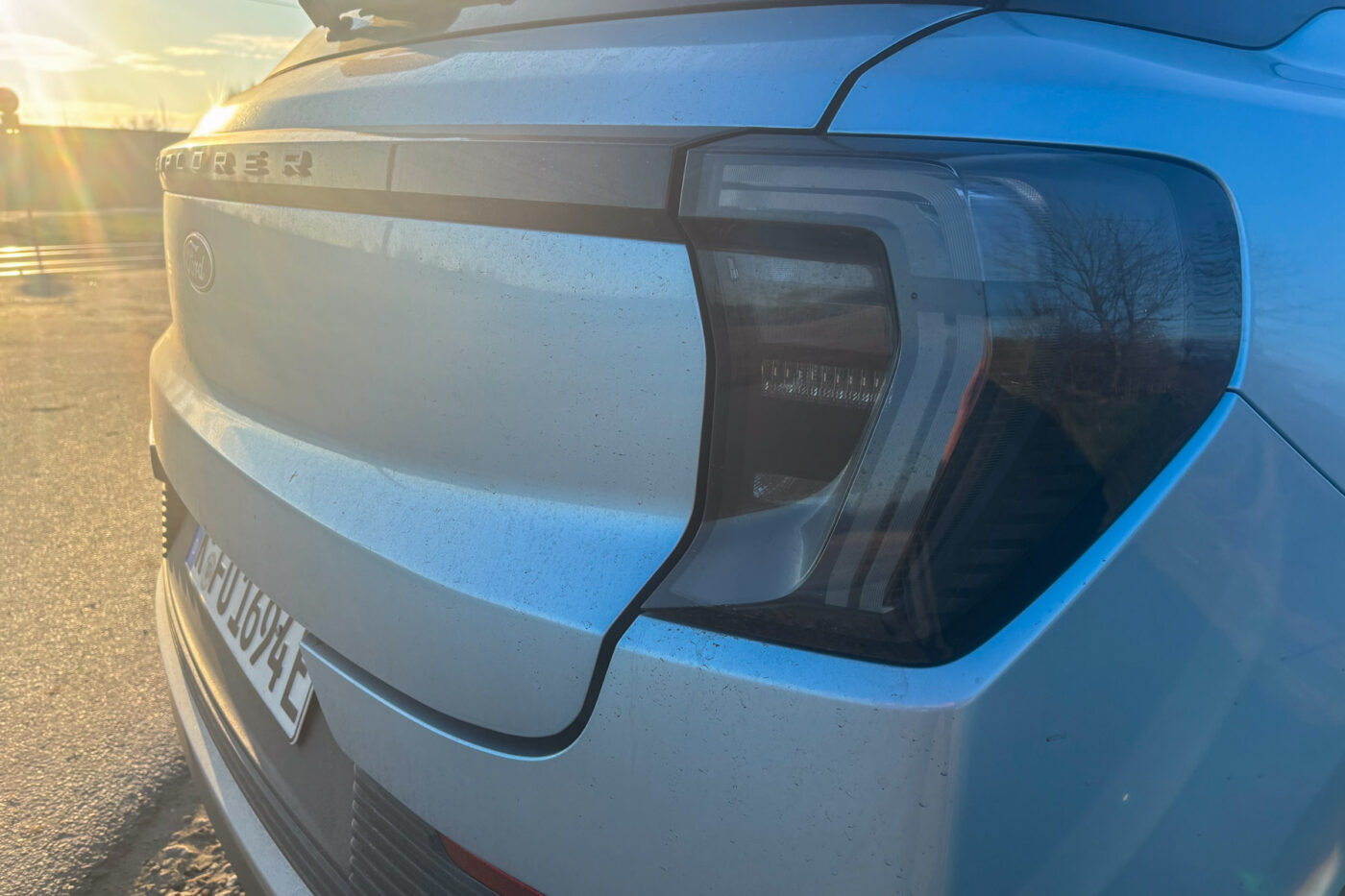
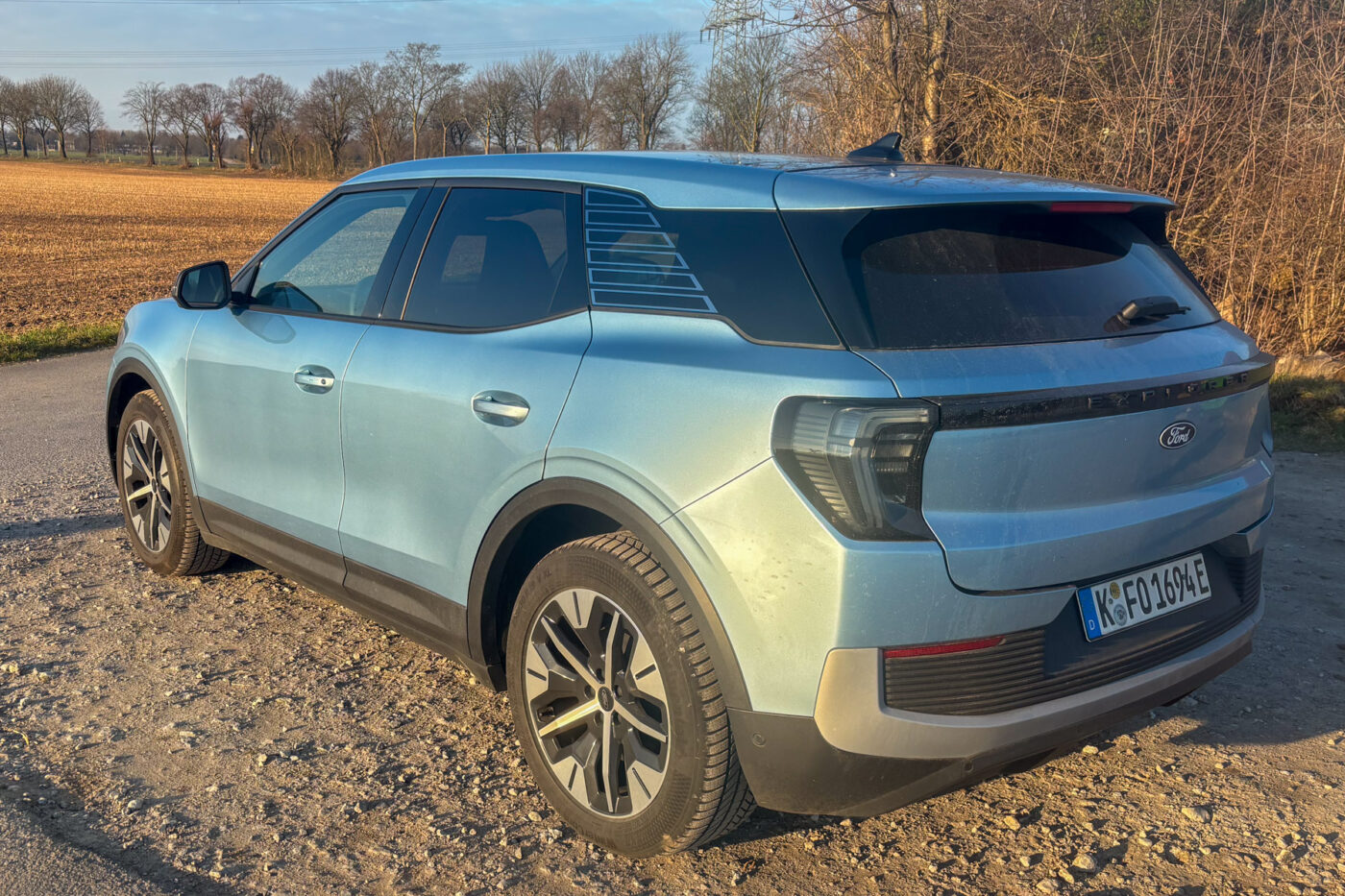
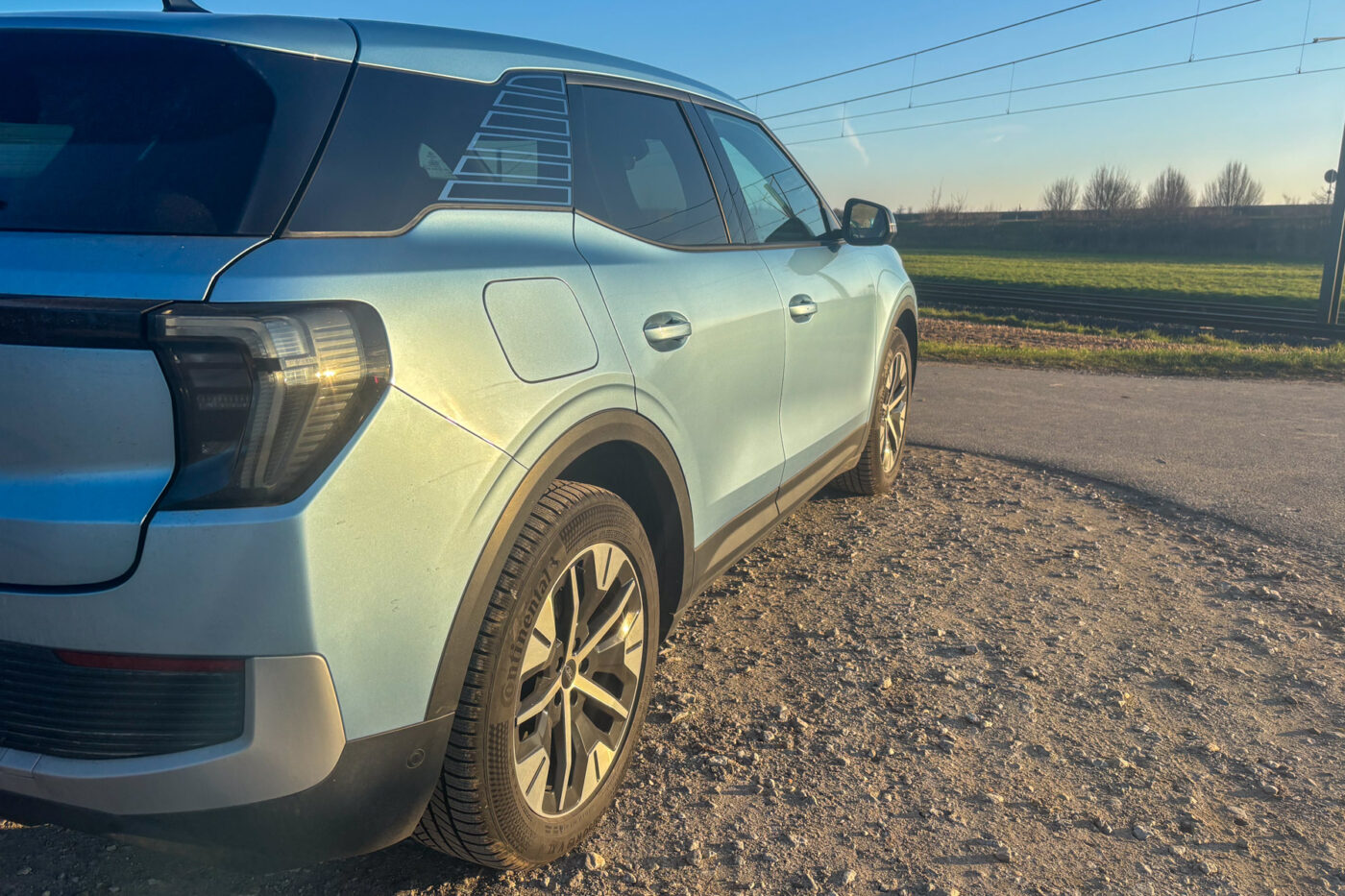
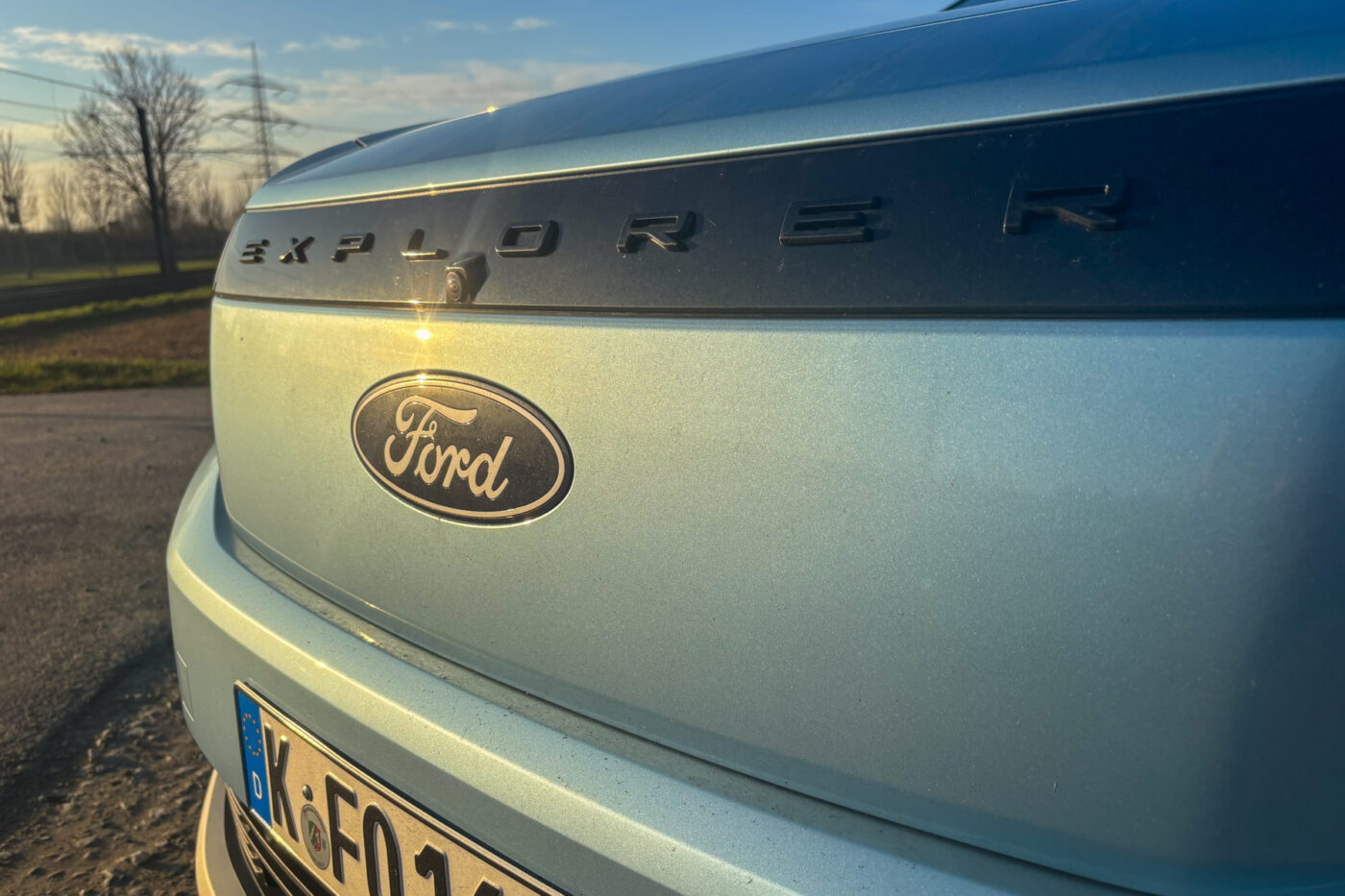
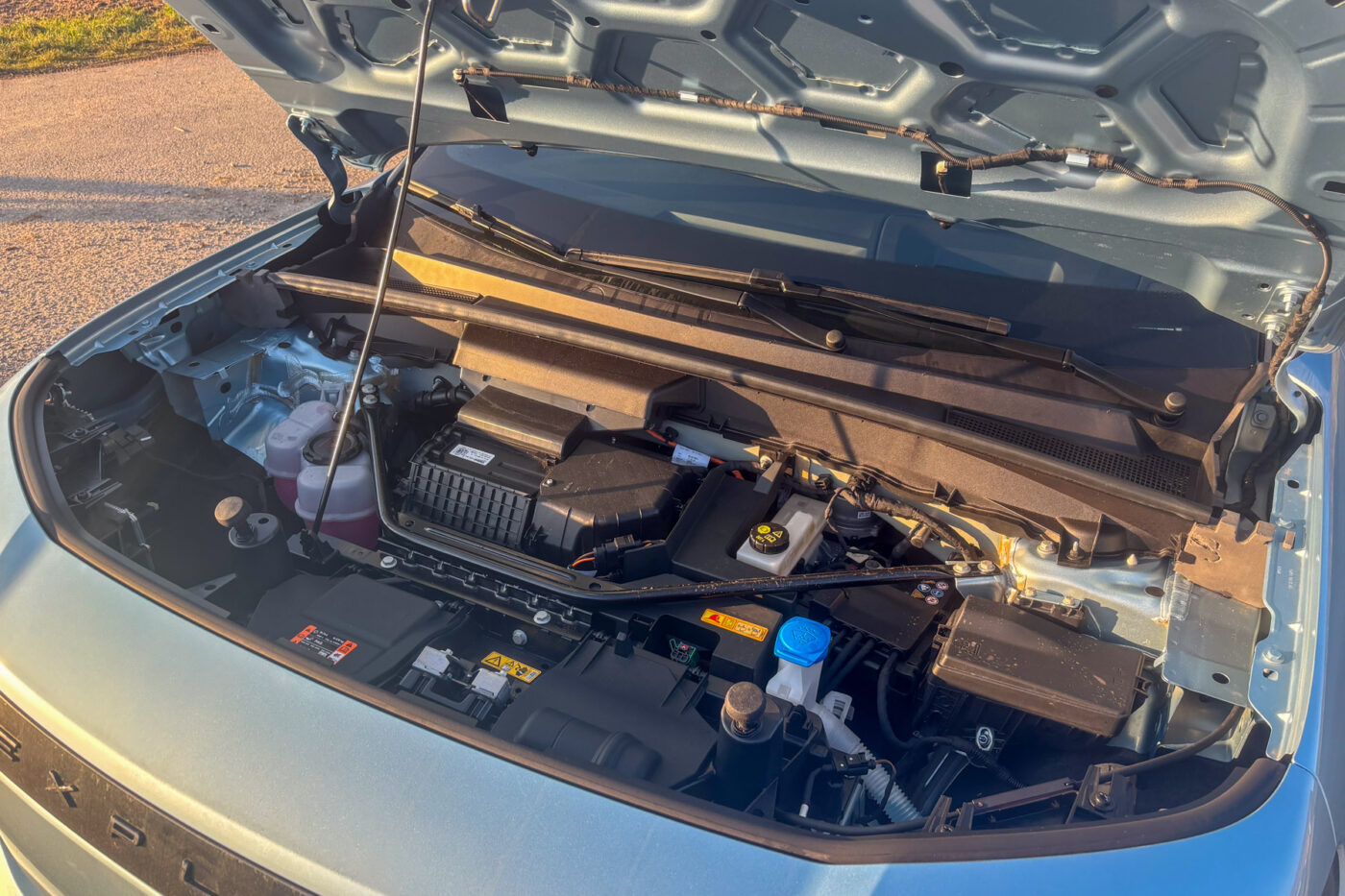
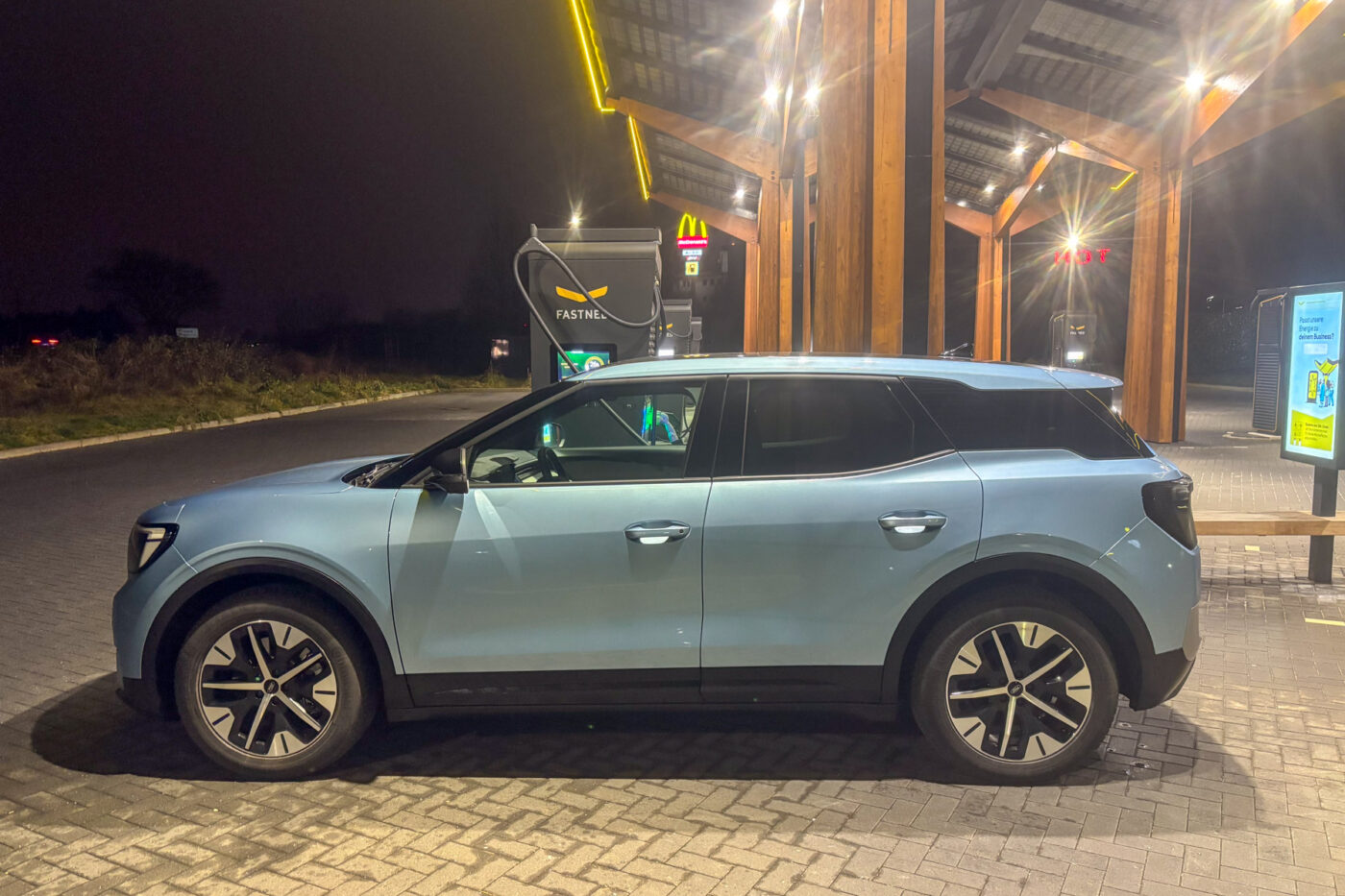
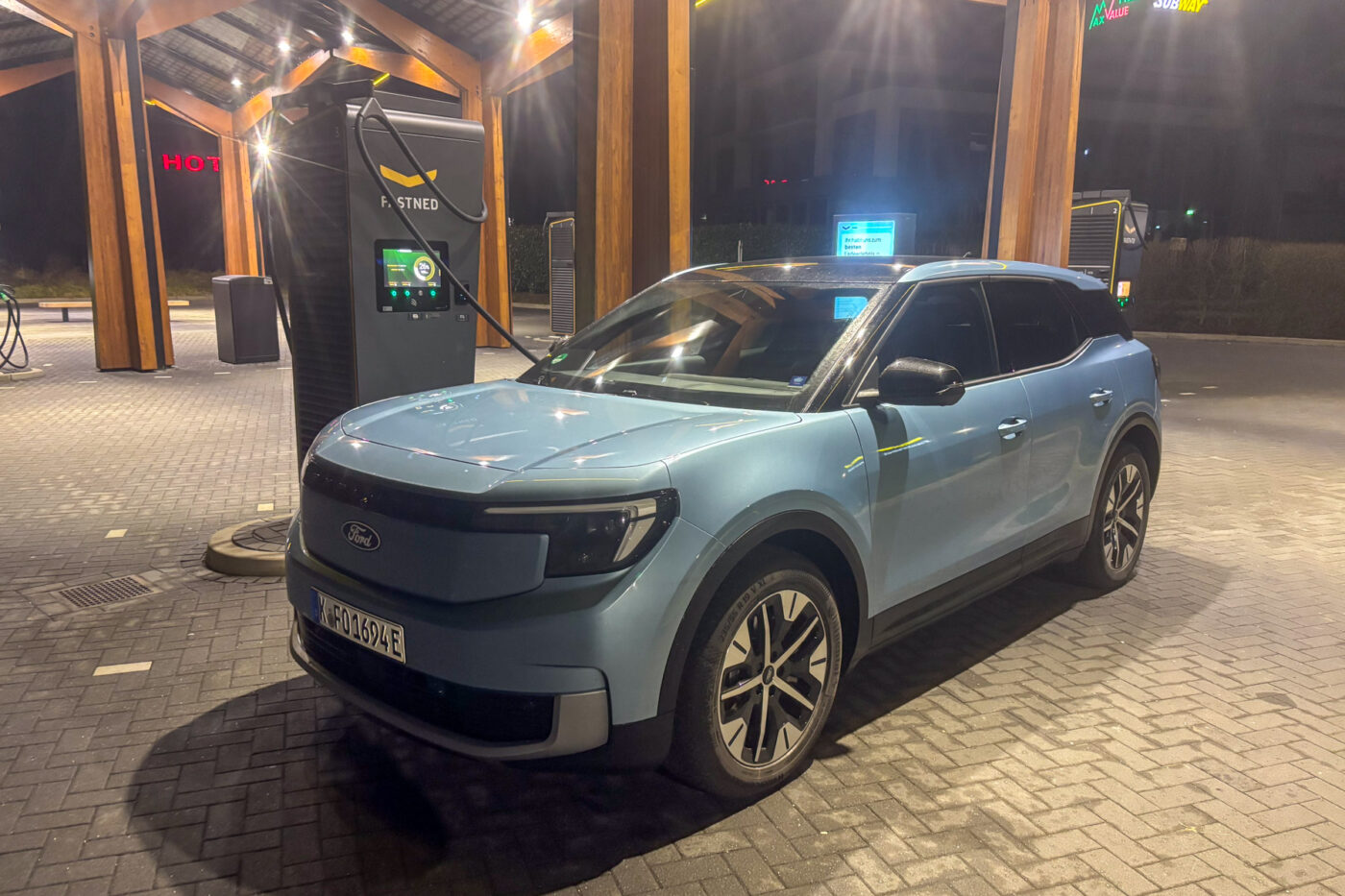
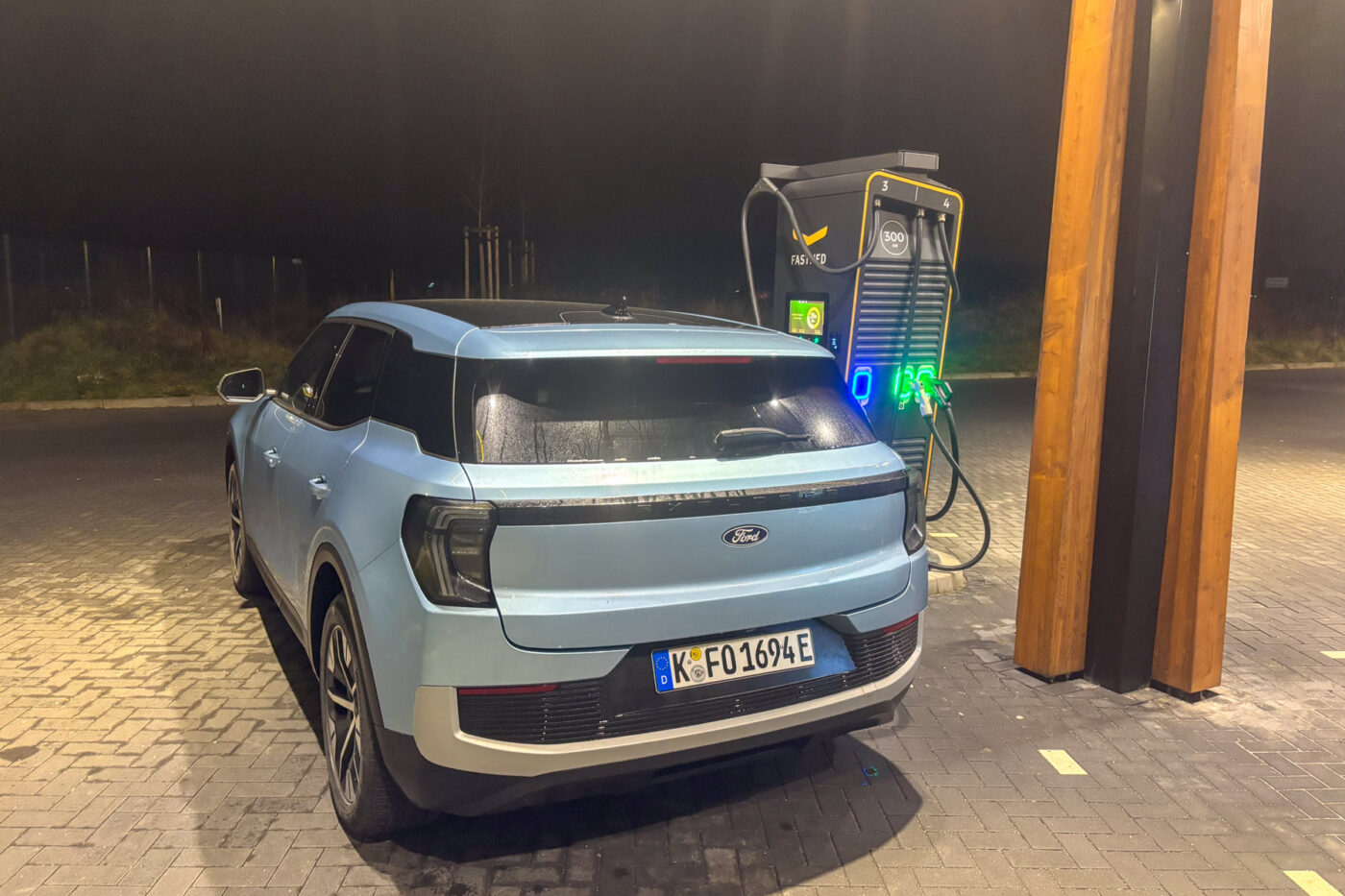
One advantage of the Explorer is that as it is over ten centimetres shorter than an ID.4 with the same wheelbase, it is very agile and can be parked easily thanks to the short overhangs. The very small turning circle also contributes to this – there is no longer a large combustion engine at the front, so the wheels have more space for a larger steering angle.
The differences are even smaller with the electric drive – which is not necessarily a bad thing with the efficient APP550. During our test, consumption ranged from 15.5 to around 23 kWh /100 km, despite temperatures still being in the single digits. With its bulky and almost vertical front section and the rather steeply sloping rear, the Explorer is certainly not ideal in terms of aerodynamics – but motorway consumption remained within reasonable limits at 20 to 23 kWh/100km. With 77 kWh of usable energy content in the battery, this corresponds to a real-world range of between 335 and 385 kilometres. And with the 15.5 kWh/100km that we achieved on the country road, it is even a real 500 kilometres. But: as with the VW, there is no real one-pedal driving in the Ford, even the ‘B’ driving mode leaves it at a relatively weak recuperation.
With DC charging, a maximum charging power of 135 kW is possible with this battery. Yes, we have also driven VW models that charged with slightly more power despite this factory specification, but not the Explorer. Here, the factory specification was virtually adhered to with a maximum of 137 kW in the display. However, even at single-digit temperatures, we achieved the factory specification for the charging time of 28 minutes for 10 to 80 per cent exactly – the entire charging process from 6 to 80 per cent took exactly 30 minutes.
This puts the Explorer in the solid midfield of the competition. As our chart shows, the Kia EV3 with its 81.4 kWh battery is at roughly the same level. The 79 kWh battery from VW, however, which can be charged with 185 kW peak, has clear advantages up to a charge level of 60 per cent, after which the charging curve is roughly the same. The time difference in the range from ten to 80 per cent is three to four minutes. Hyundai-Kia’s 800-volt electric vehicles, such as the Kia EV6 we recently tested, or the Hyundai Ioniq 5, which is roughly comparable to the Explorer, are on a completely different level: it only takes 18 minutes for the battery to reach 80 per cent again.
On the other hand, the Explorer (with the latest MEB software) offers numerous setting options for the charging process. For example, the ‘Battery Care Mode’ can be activated in the charging settings to avoid high charge levels (depending on the temperature) or details on the route planner can be specified. For the sake of completeness: this menu also contains the settings for bidirectional charging, which the Ford supports in the same way as the VW models with this battery. However, it requires a DC wall box and a corresponding home power station. Our test vehicle still displayed 4,000 out of 4,000 hours or 10,000 out of 10,000 kWh – bidirectional charging has thus never been used in this vehicle.
The settings for the route planner are more interesting anyway: two sliders make it very easy to specify the remaining range with which you want to arrive at your destination (10 to 100 kilometres) or at the charging stop (0 to 60 kilometres). Unfortunately, you can only filter between all available charging stations and those from the Ford BlueOval Charge Network. What is exemplary, however, is the option to precondition the battery not only automatically with active route guidance, but also manually with just two clicks. And, as with the VW models, the Explorer clearly shows what DC charging power is possible with the current battery temperature, what would be possible at the current charge level with the optimum battery temperature and how long it will take to bring the battery into the optimum range.
This allows the driver to judge for themselves when they need to activate the system, for example if they prefer to navigate using apps from Apple CarPlay or Android Auto. Or it transparently displays how quickly the car will charge if the journey to the fast charger only takes ten minutes, for example. With other electric cars, it is sometimes a lottery as to how quickly the car will actually charge at the start or when you should manually activate preconditioning. Ford/VW does this very well here!
Lots of storage compartments in the interior
Incidentally, all these menus are operated via the 14.6-inch portrait touchscreen in the centre – the driver’s display behind the steering wheel is only intended for the rudimentary displays for driving, assistance systems or consumption data. Ford’s own SYNC system runs stably and smoothly, and the app icons are designed large enough for touch operation. Fortunately, Ford has not adopted the much-criticised touch sliders for the temperature setting from the MEB VW models. Instead, the Cologne-based company opted for pure touchscreen operation of the air conditioning system, which is also not ideal on the lower edge of the portrait-format display.
As a special feature, however, the touchscreen can be adjusted in its inclination – sometimes at a slight angle, in which case the display blends in quite well with the lines of the cockpit. Or almost vertically, in which case the upper end of the touchscreen protrudes beyond the upper edge of the dashboard like a tablet. It gives access to a hidden storage compartment behind the display, which would otherwise remain completely concealed. There is no shortage of storage space in general, with a large, open compartment under the centre console and the 17-litre ‘Mega Console’ integrated into the centre console. Three 1.5-litre bottles, for example, can be stowed there without any problems – or a 15-inch notebook. Ford has also published templates for 3D printers that can be used to further customise the shelf.
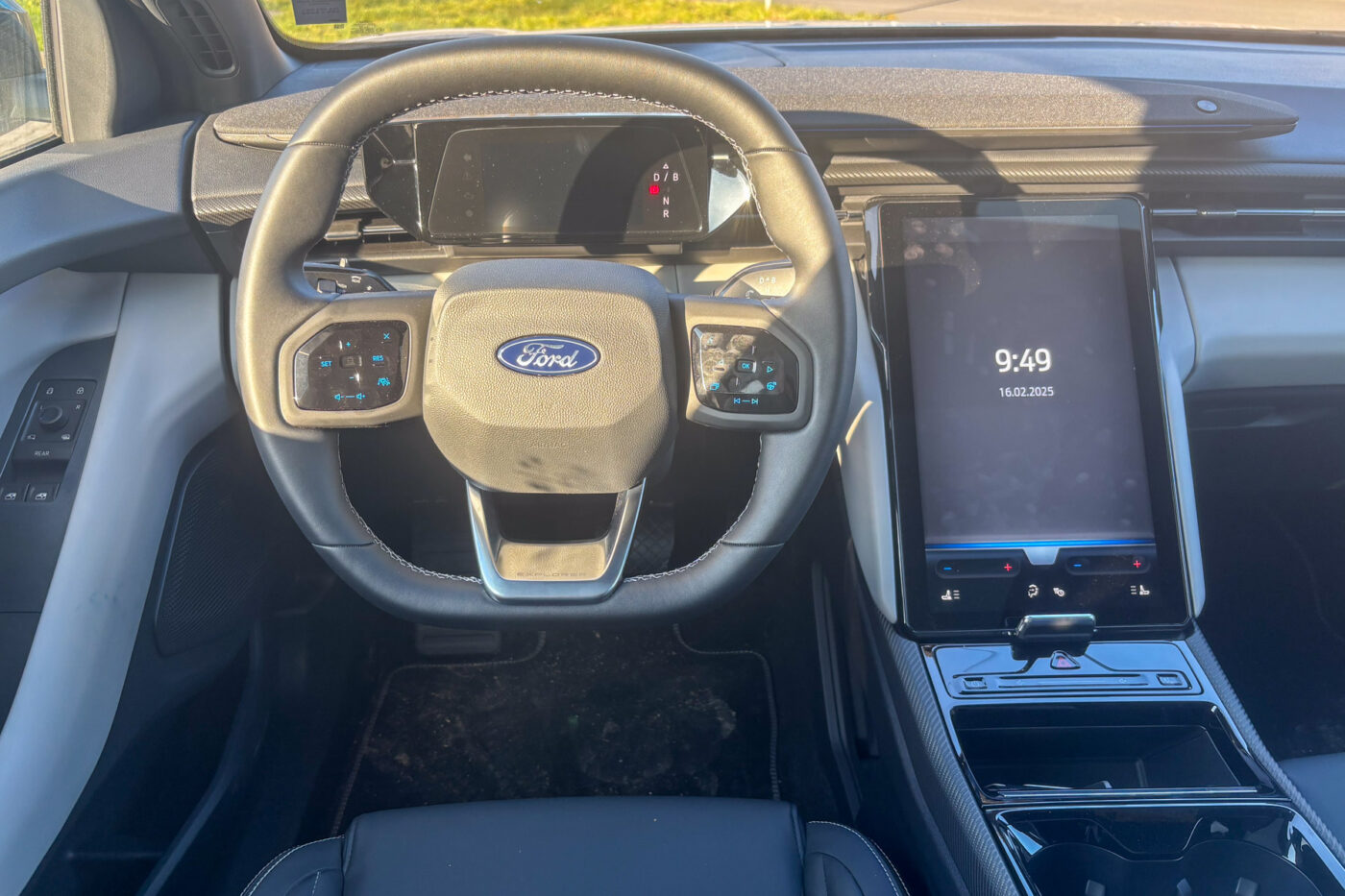
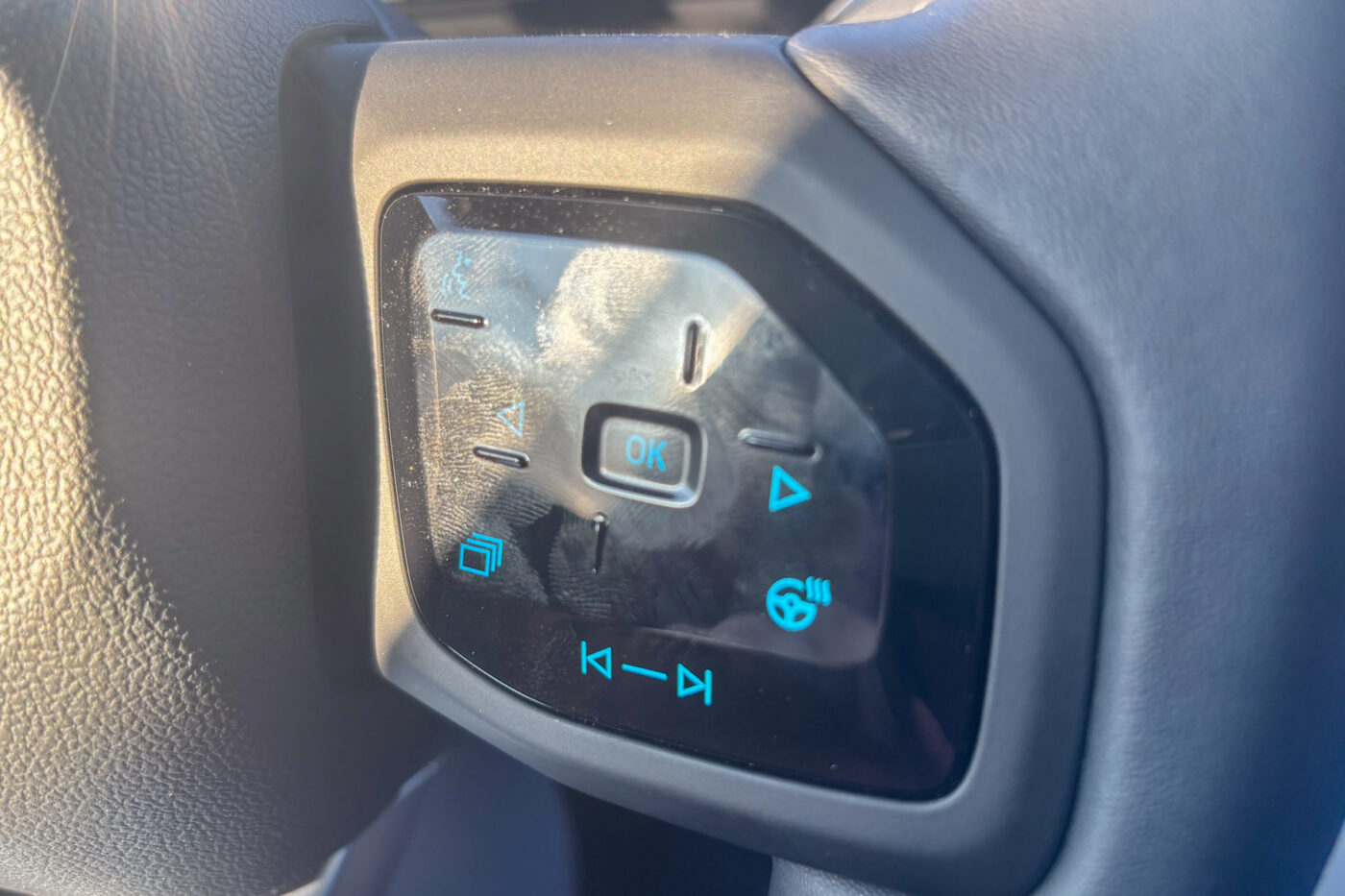
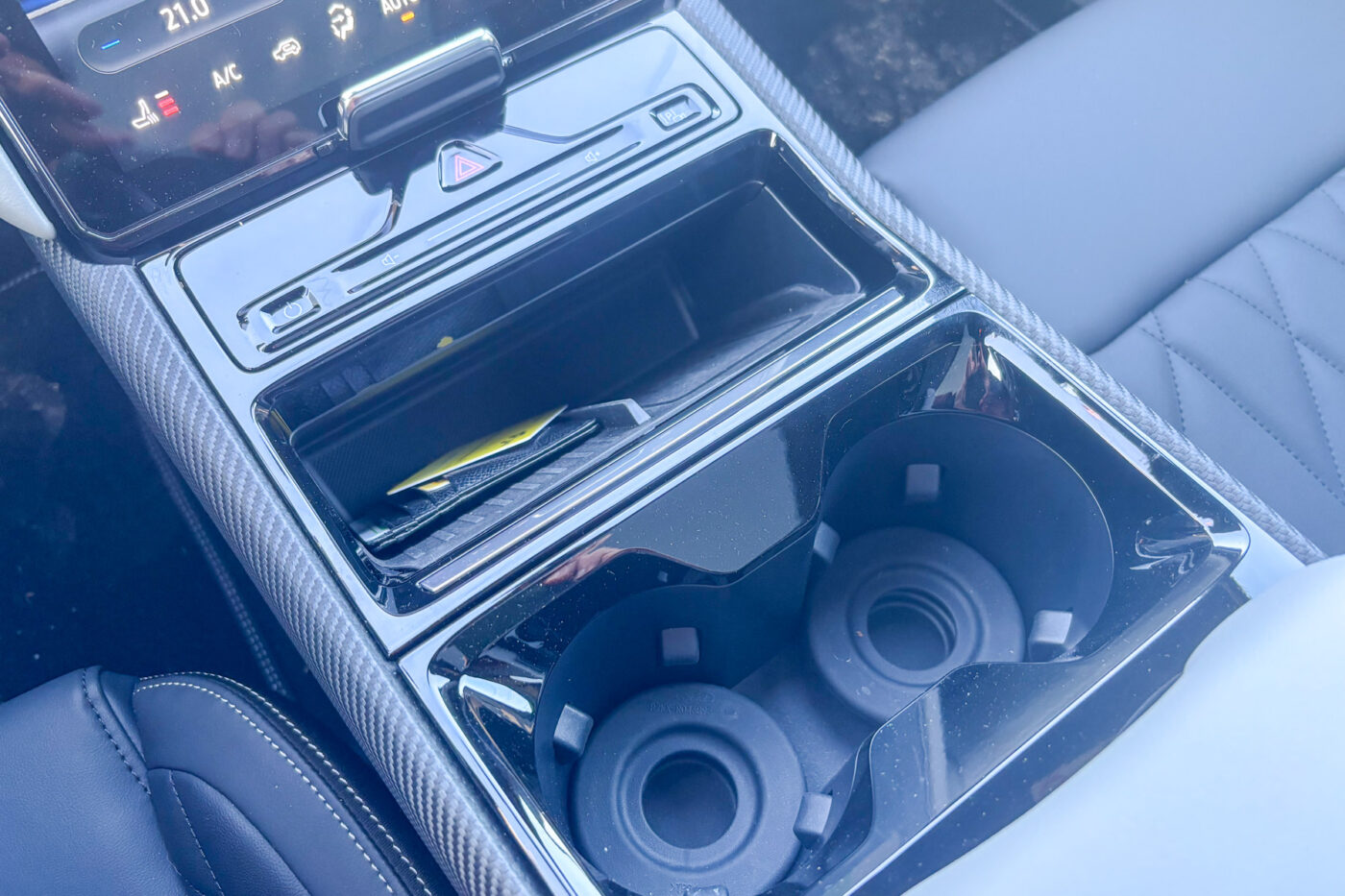
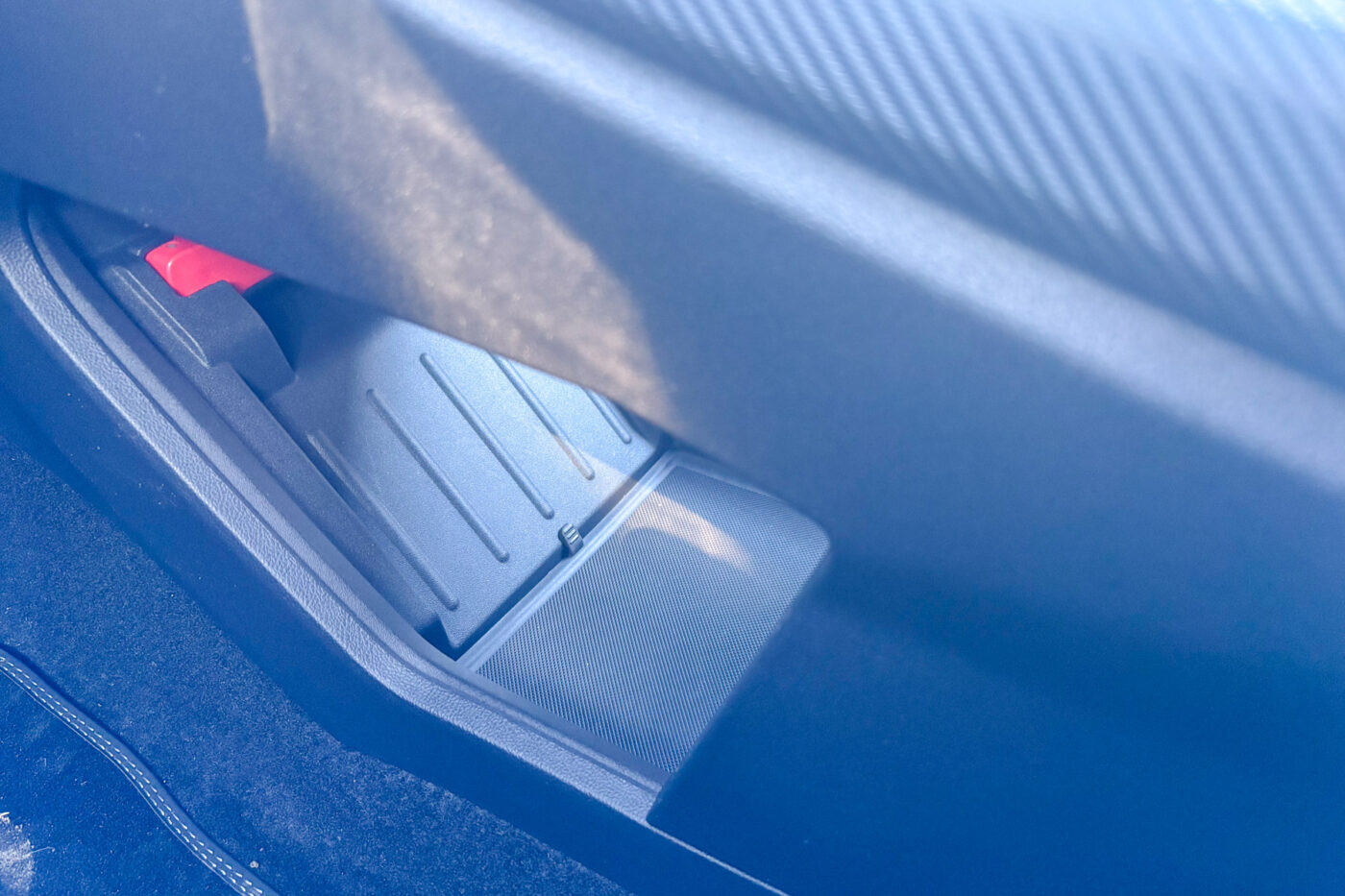
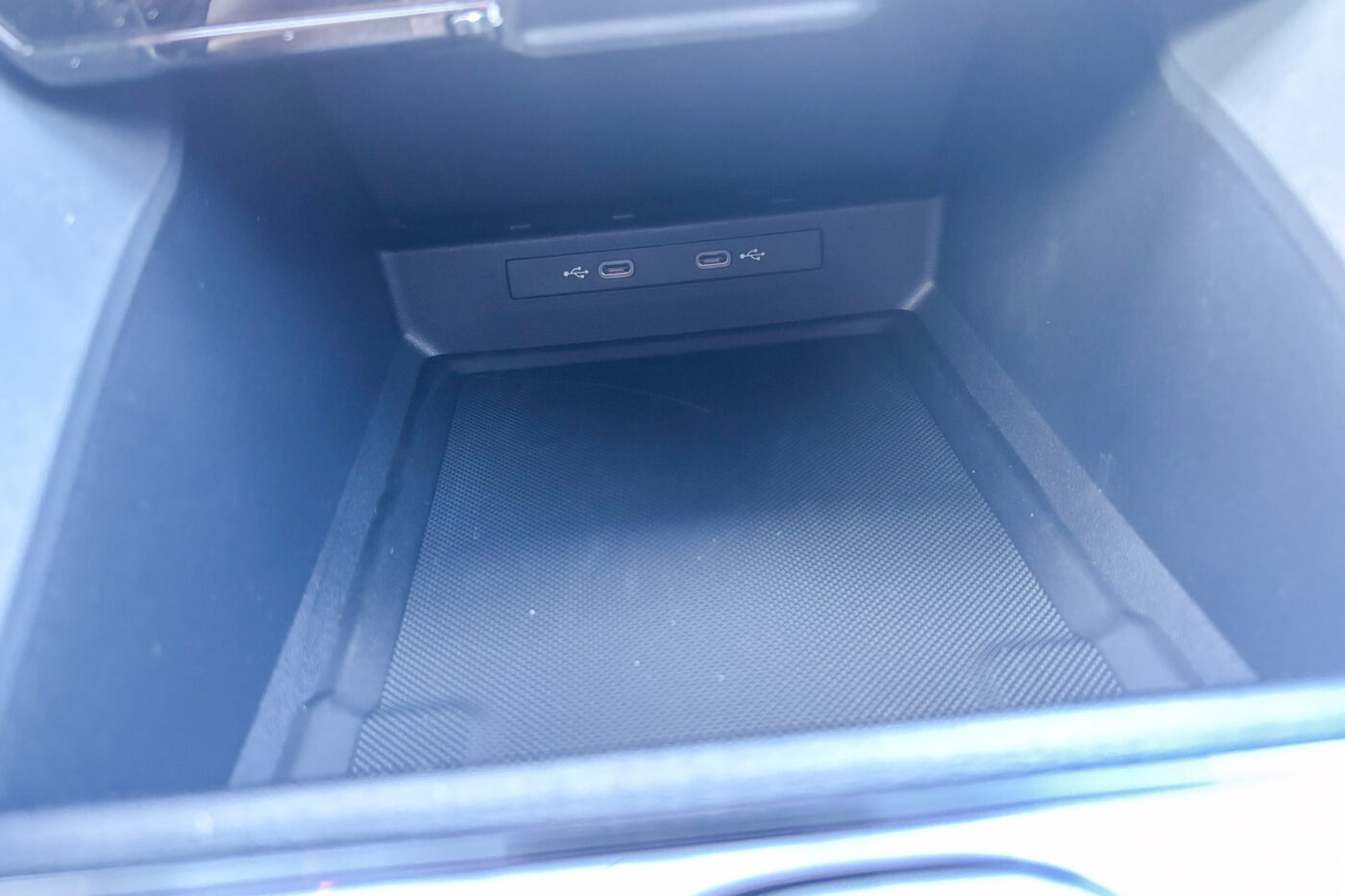
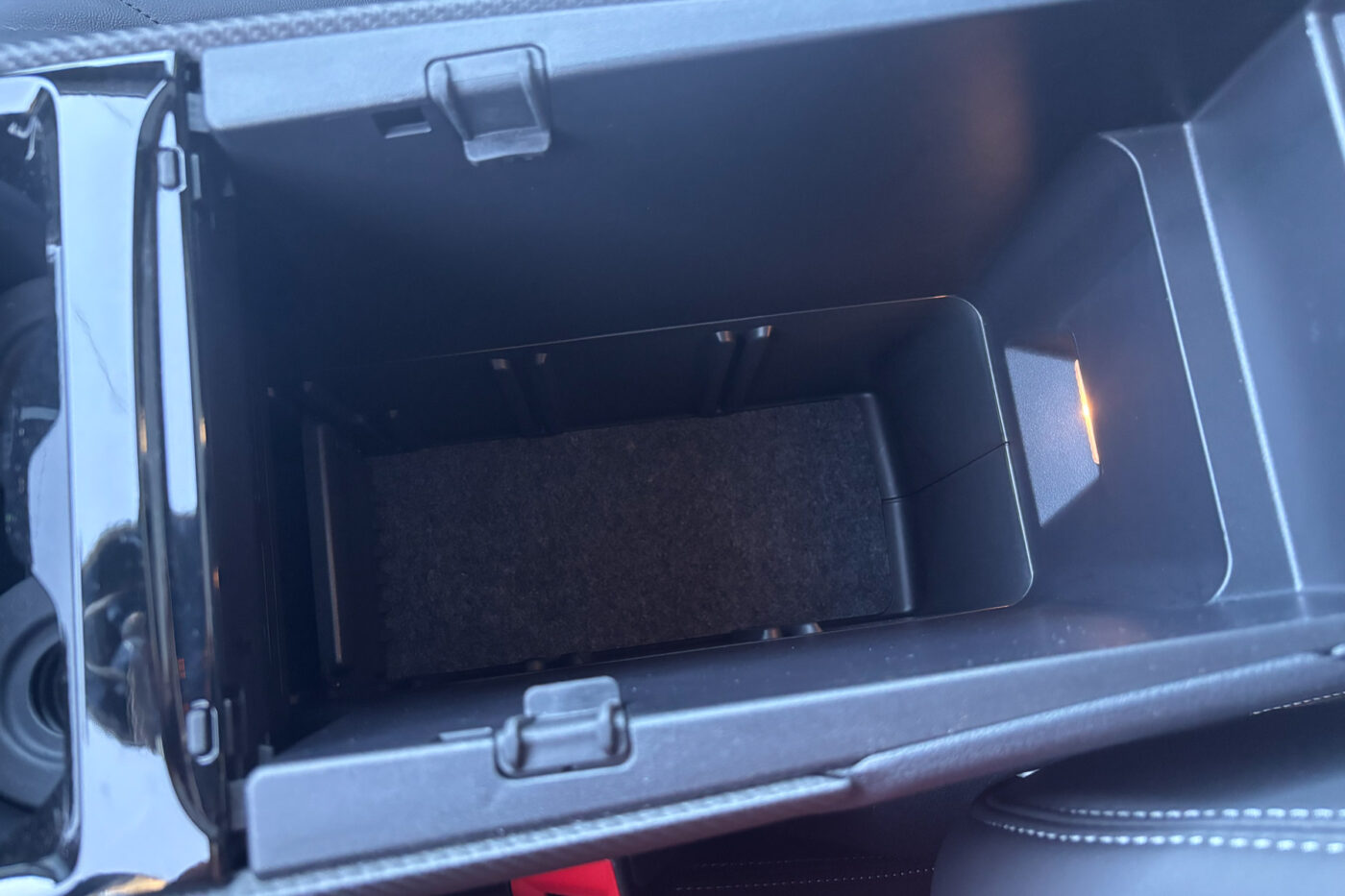
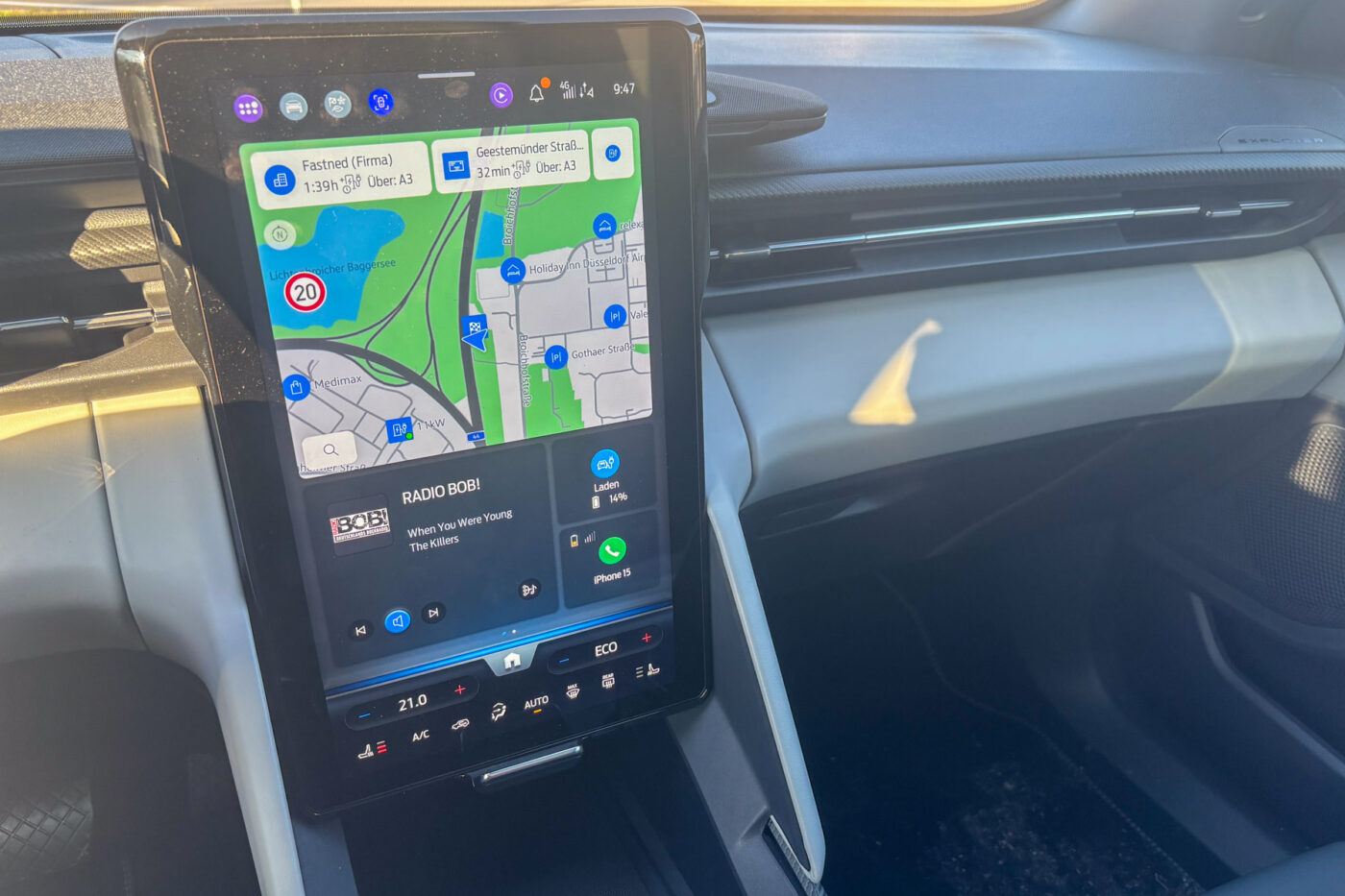
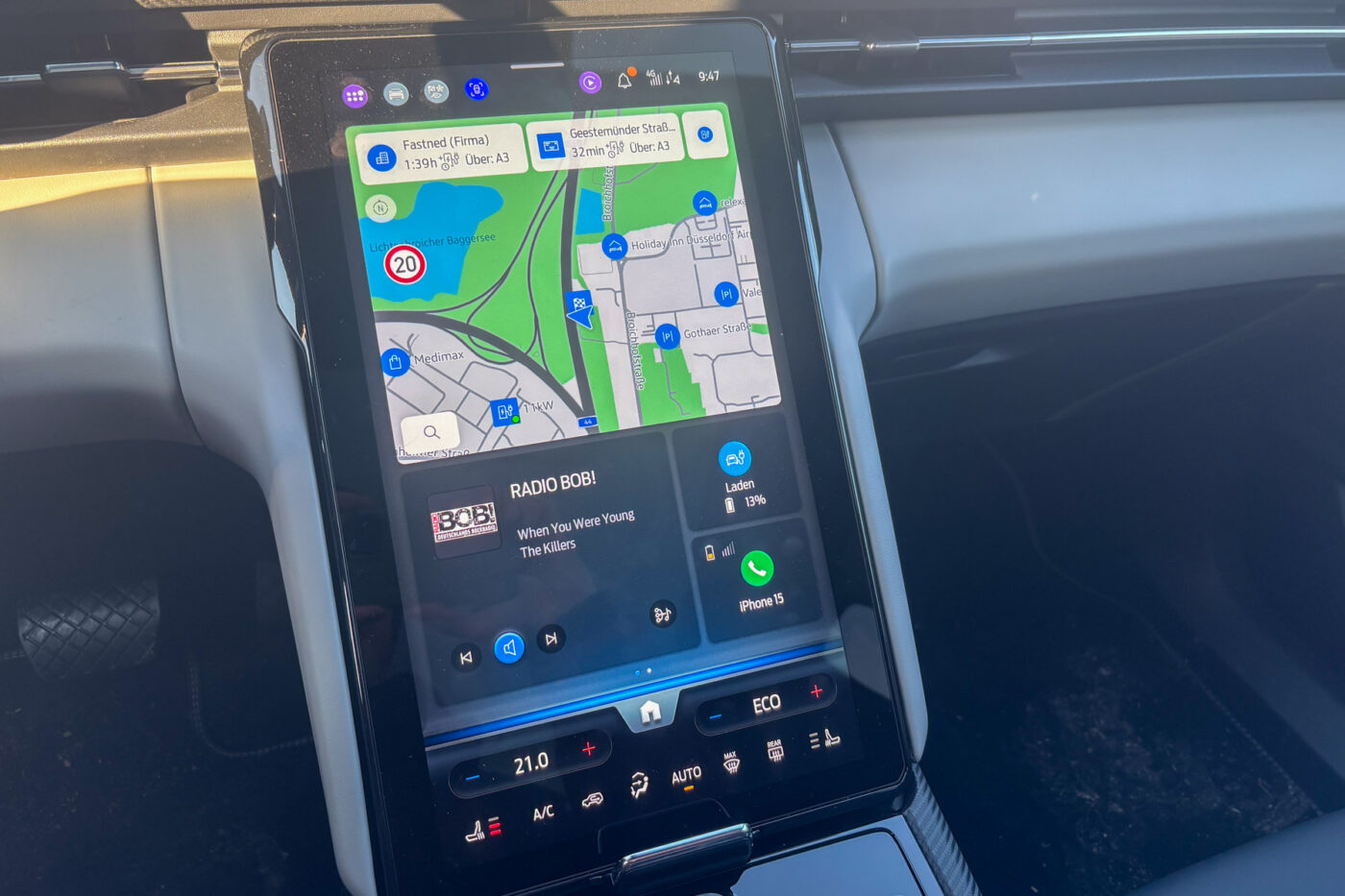
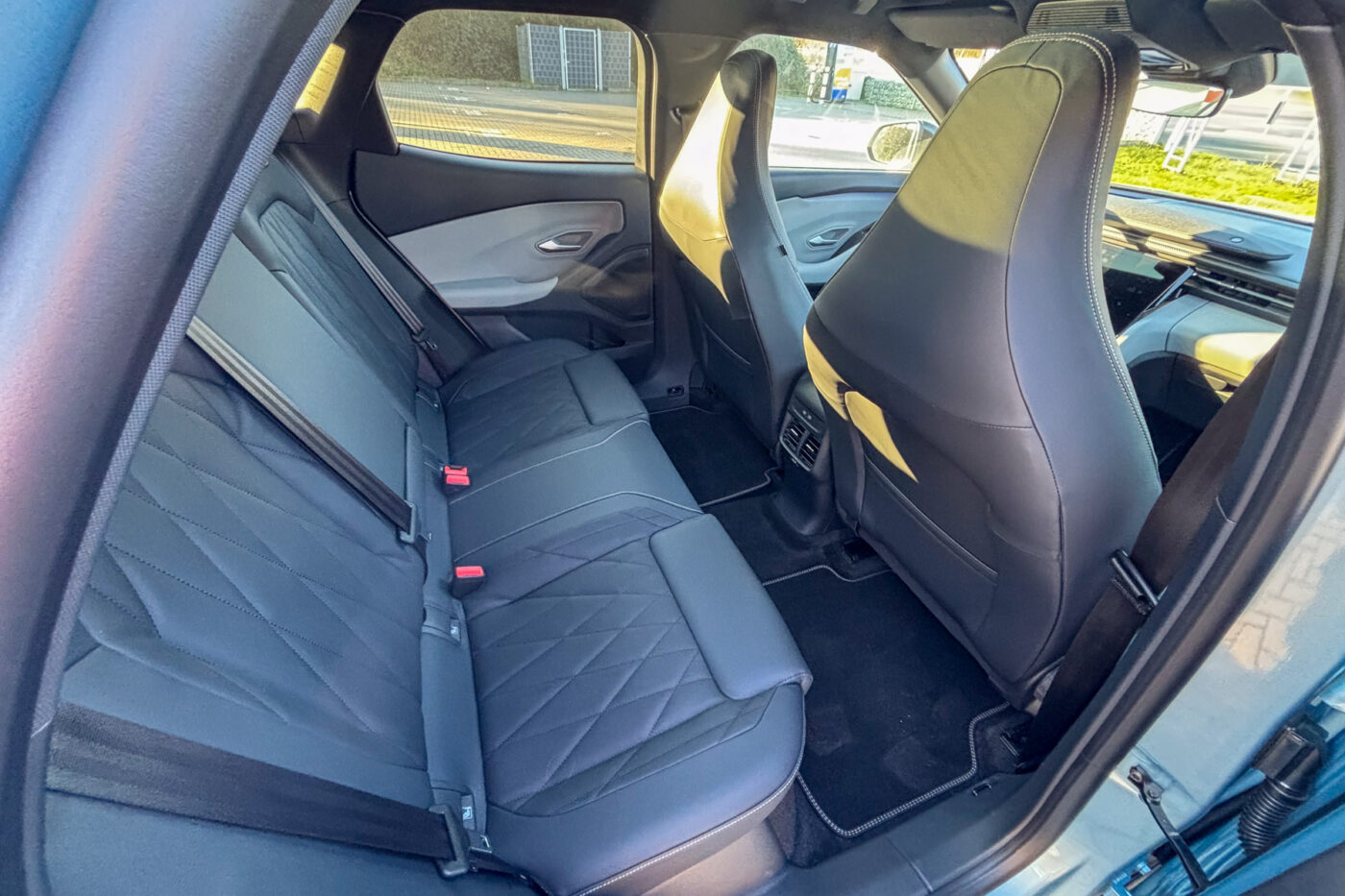
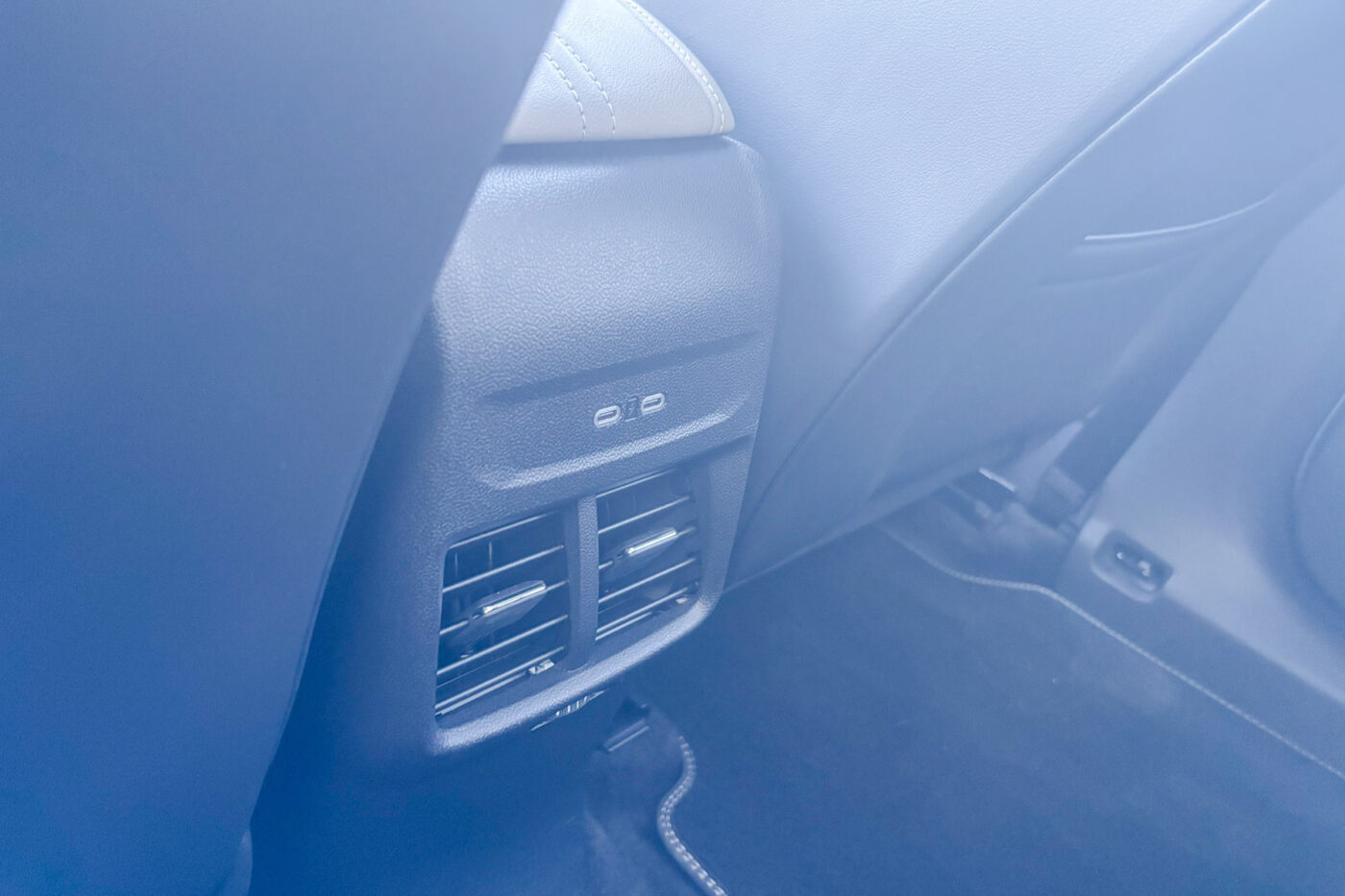
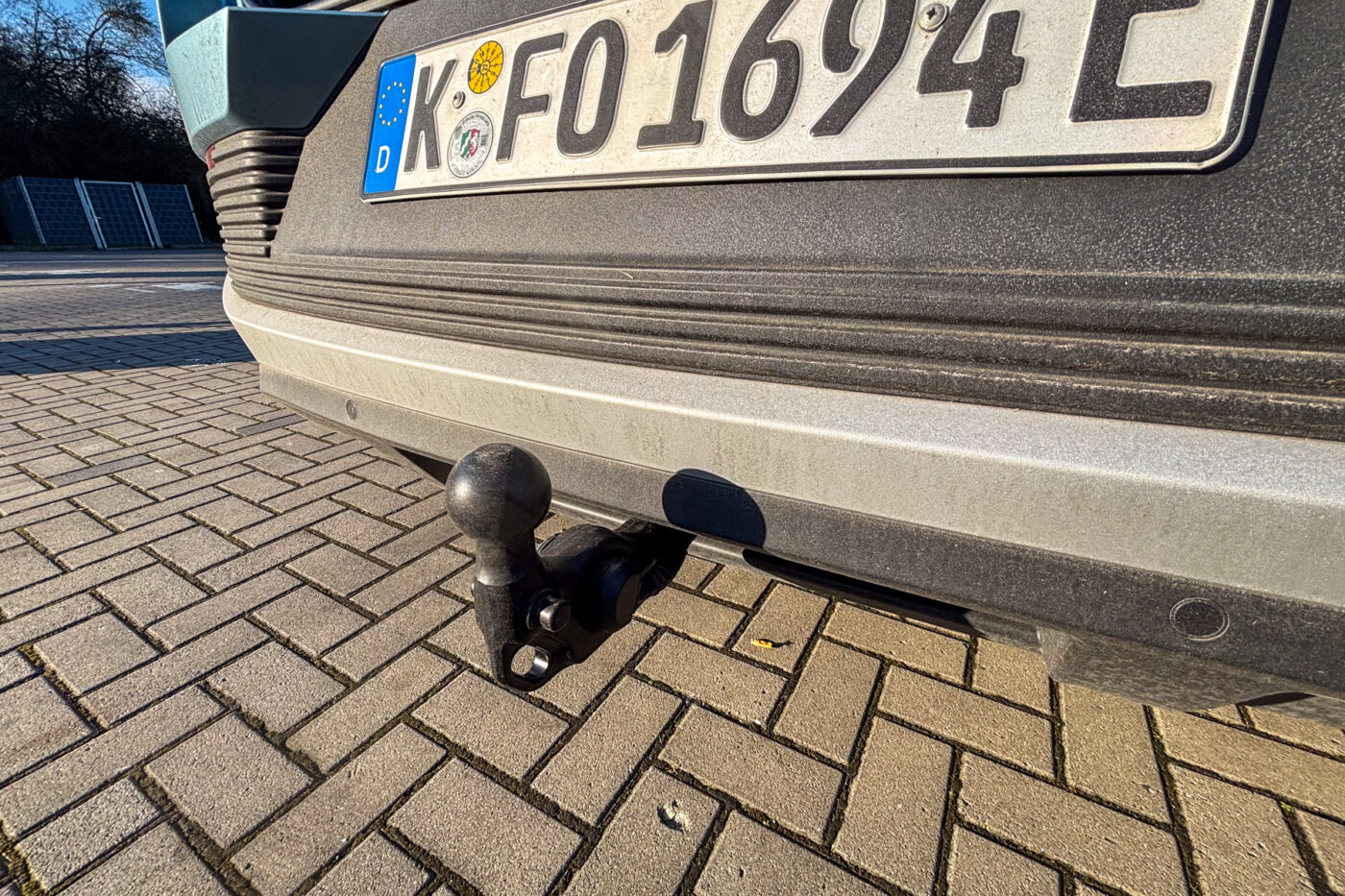
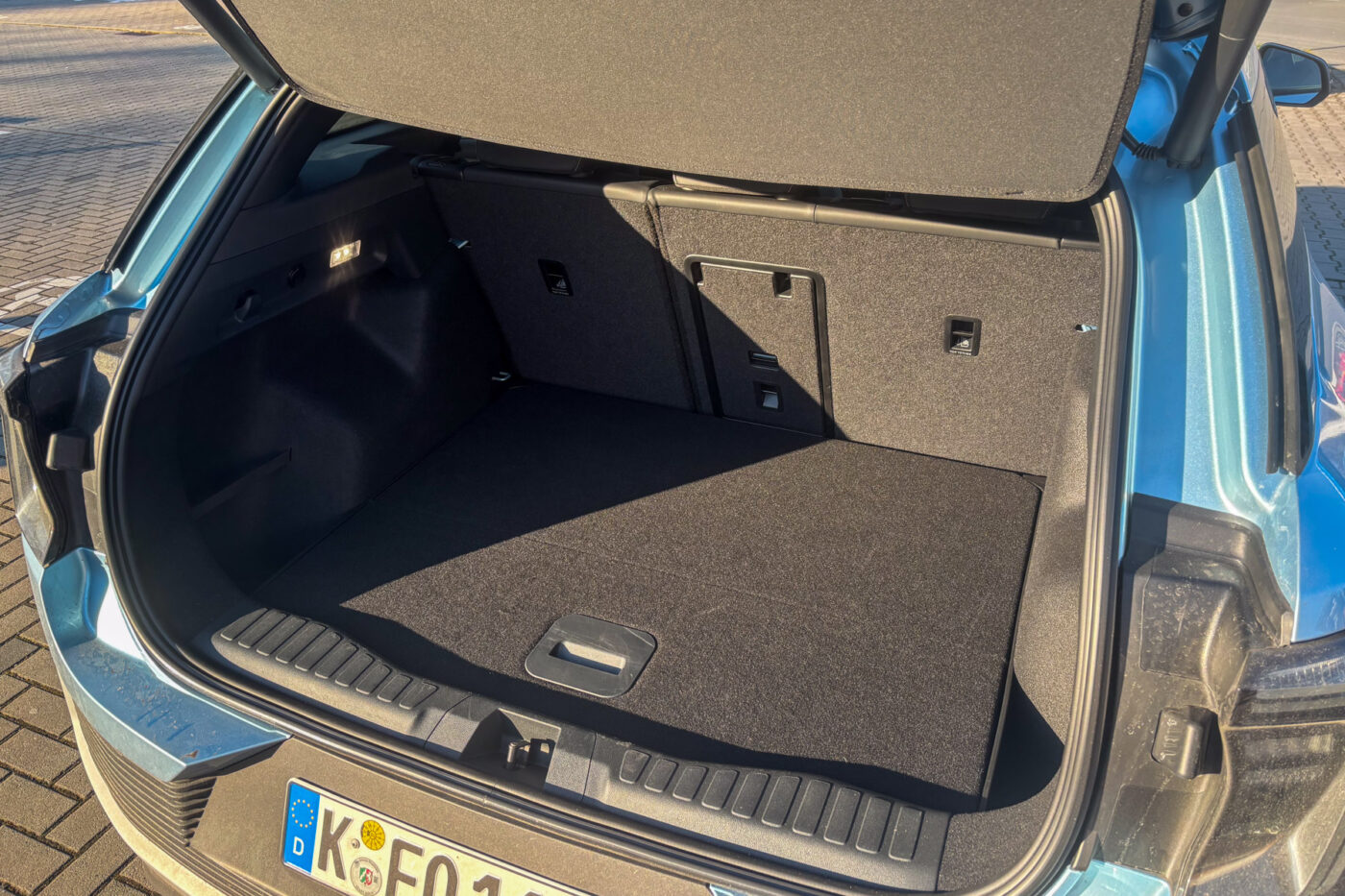
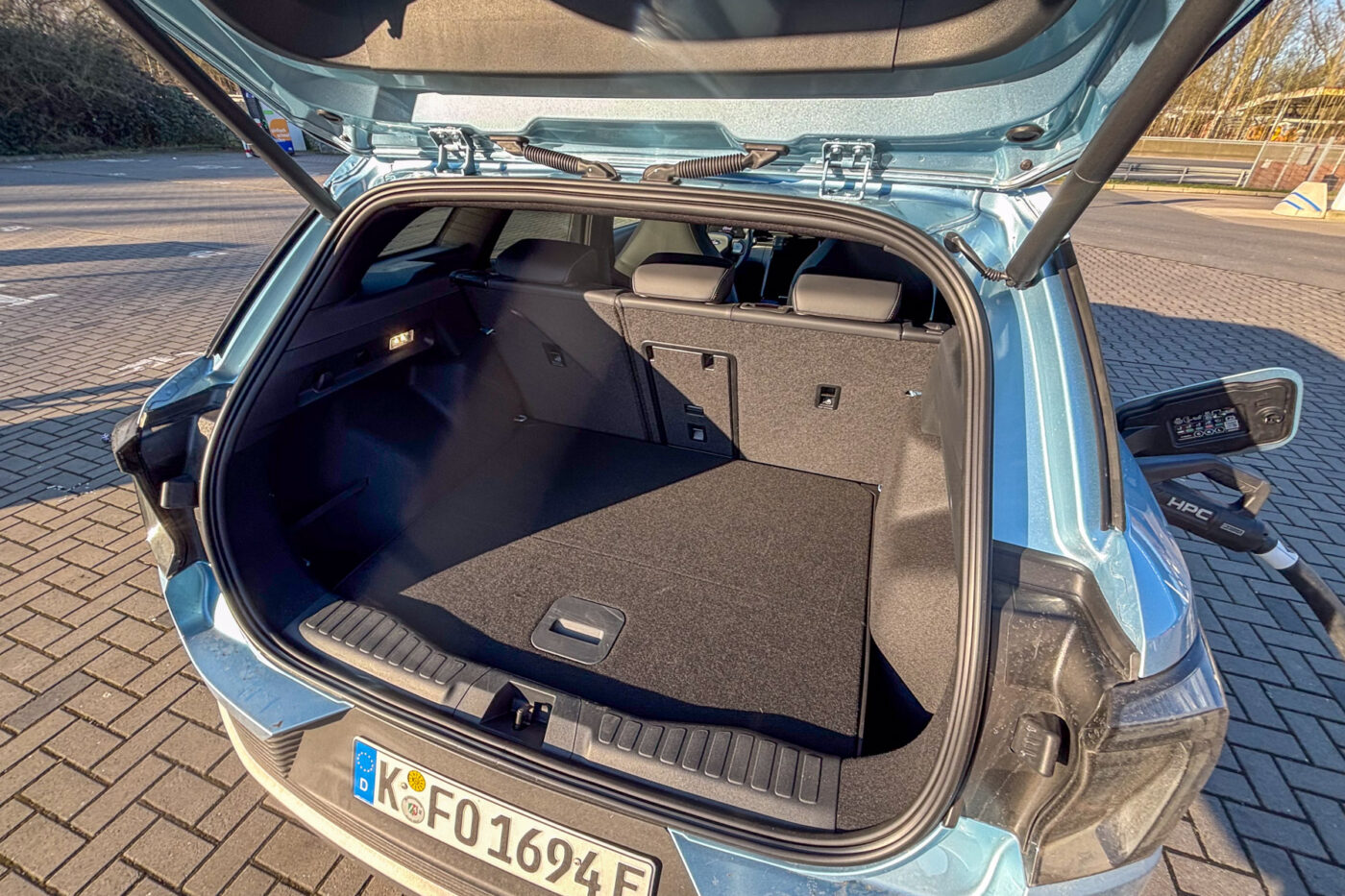
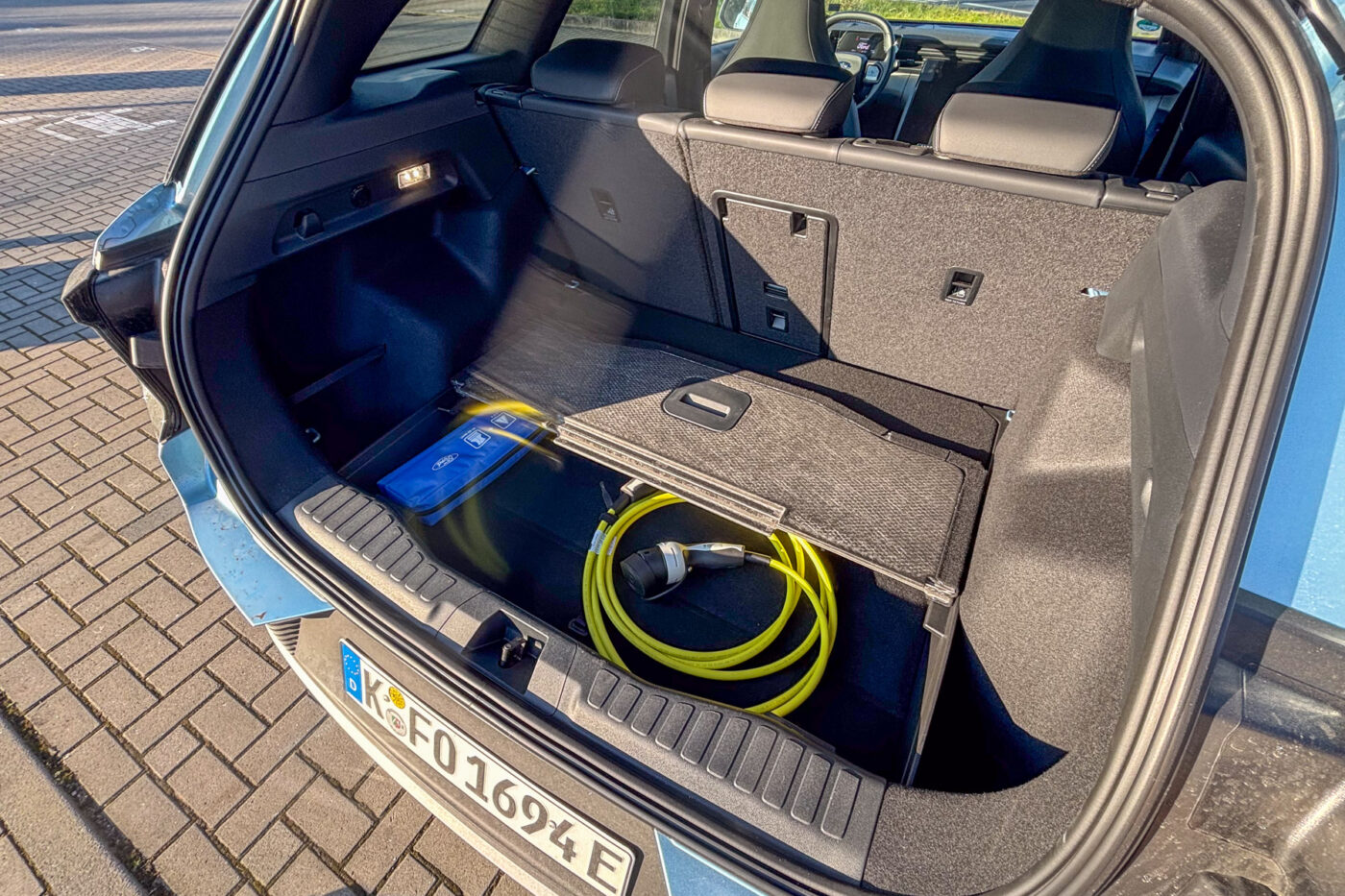
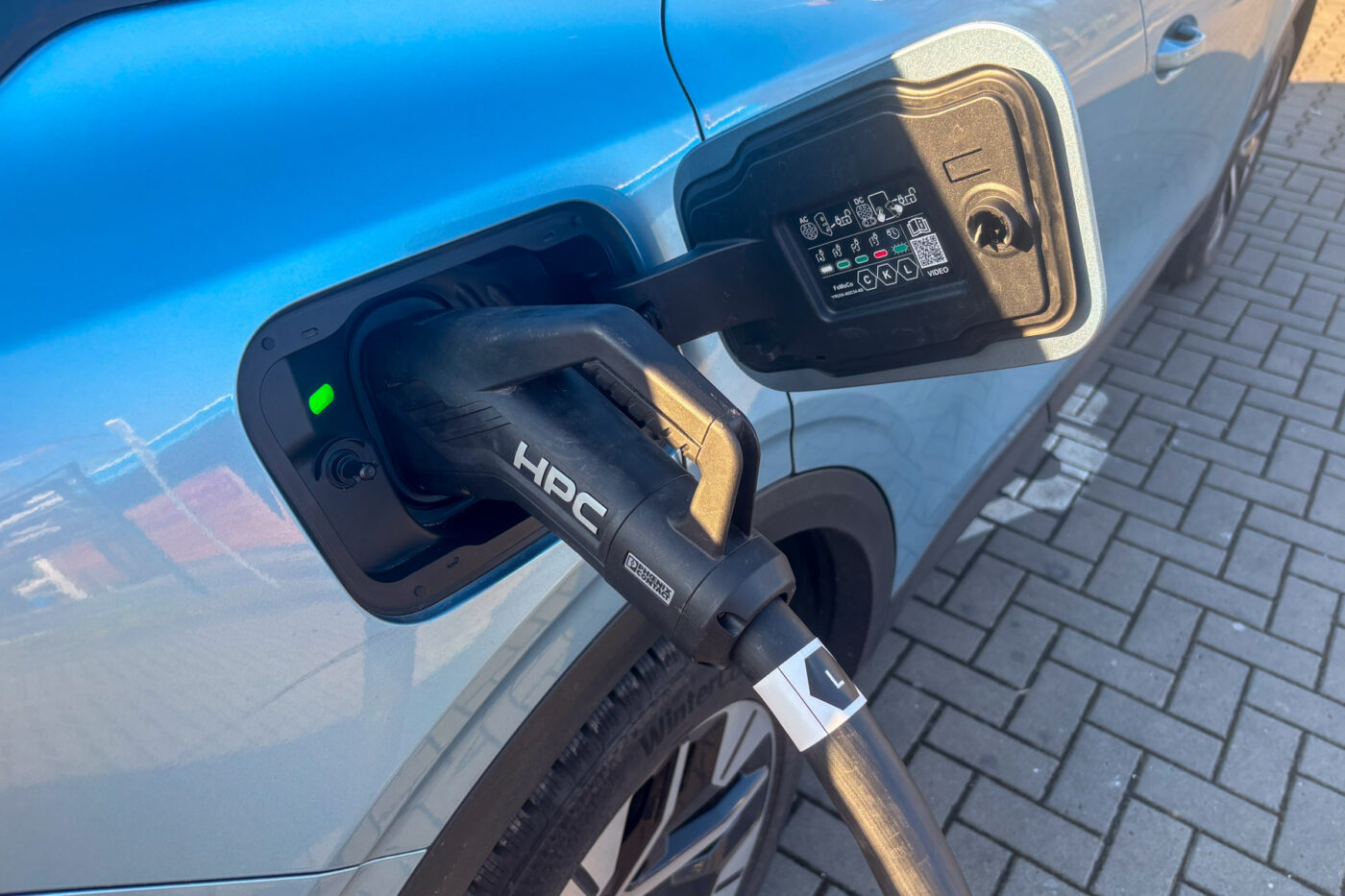
The boot holds a decent 450 litres and is easy to use thanks to the flat loading area. However, there is no frunk (as with VW), so the charging cable is stowed in a compartment under the boot floor. This is not ideal if the boot has to be partially unloaded in order to reach the storage compartment. And a charging cable that flies through the boot at every bend is also not what the inventor had in mind. Our test vehicle was also equipped with the semi-electric folding towbar, which in the case of the rear-wheel drive model only has a maximum towing capacity of 1,000 kilograms. Here too, the Ford offers the MEB standard, but no more.
That leads to one of the biggest problems of the Ford Explorer (and probably also of the Capri, even if we haven’t tested it): It’s just another MEB SUV, with all its advantages and disadvantages. The important drive and charging technology is rock solid, but is rather interchangeable with the mass of MEB vehicles from the Skoda Elroq to the ID.4 to the Audi Q4 e-tron with premium aspirations. This leaves factors such as the design and the interior to stand out from the multitude of other models.
The test car costs over 57,000 euros
Although Ford has lowered German prices for the Explorer somewhat in the meantime, the ‘Select’ version of our test car still costs 48,900 euros – instead of the previous 49,500 euros. The ‘Premium’ equipment (like our test car) starts at 52,900 euros, and with some optional extras, this quickly becomes a vehicle price of 57,000 euros.
For this price, you can get significantly larger cars or cars with outstanding features such as the 800-volt Kia EV6. In contrast, the Skoda Elroq 85, which is easily comparable to the Explorer in terms of exterior length, starts at 43,900 euros. Adjusted for equipment, the difference is less than the 5,000 euros in the list price, but the Ford still tends to be more expensive. And even with the 52-kWh battery, the Elroq 50 for 33,900 euros clearly undercuts the Explorer Standard Range (from 39,900 euros).
For years, it was part of Ford’s brand essence not only to build cars that were a little more attractive to drive than the VW Group, but also to undercut the carmaker from Wolfsburg slightly in terms of price, but at least to be on par with Skoda. Chic, dynamic cars for little money. With the Explorer, however, Ford is jumping into the 50,000 euro price bracket without sufficiently setting itself apart. It took Audi decades to position the brand higher. Kia was much quicker to establish itself in the 50,000 euro segment with its electric cars. However, the South Korean company also combined this with features that many competitors still don’t offer today – and were therefore able to justify the price to a certain extent.
Conclusion
The Explorer is a solid and cleanly developed electric car. From the basis supplied by VW, the Cologne-based company has created a car that is in no way inferior to the corresponding Volkswagen models. However, the Ford doesn’t really stand out. If you look purely at the product, it fits easily into the MEB model range.
Of course, it is not known what Ford pays VW per vehicle and at what cost VW can produce the components itself. The (already slightly lowered) list prices indicate that Ford cannot calculate more favourably with the mixture of purchasing and in-house production. And that is a problem for Ford and for the employees in Cologne.
If you can get a good offer for an Explorer, you can buy it without any major reservations – it is and remains a decent car. However, if there is no discount, there is little to be said in favour of the Ford. Comparable MEB models are often cheaper, and the VW and Skoda dealer networks are larger. Buying an Explorer with a discount may be good for capacity utilisation at the Cologne plant. But whether the vehicle is still economically viable is another matter.

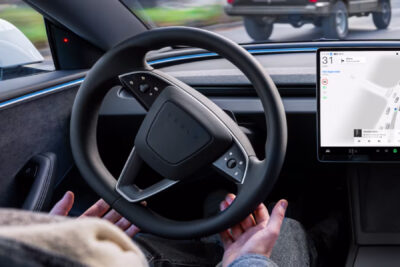
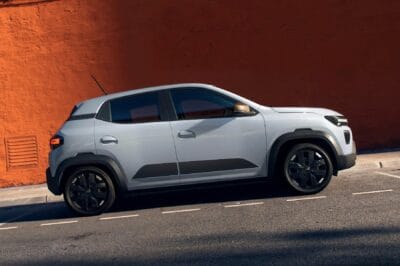
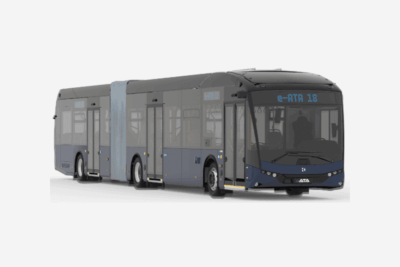
0 Comments